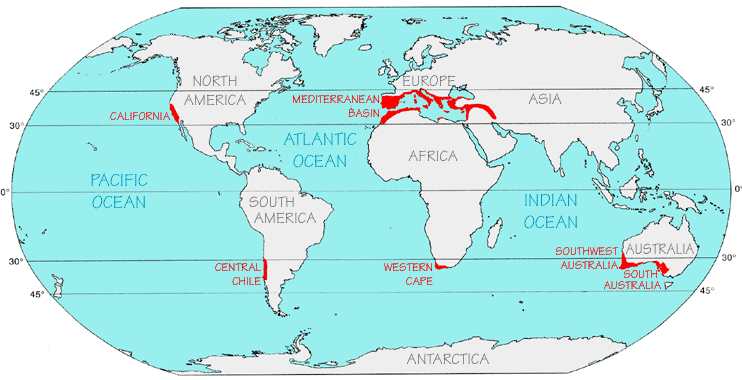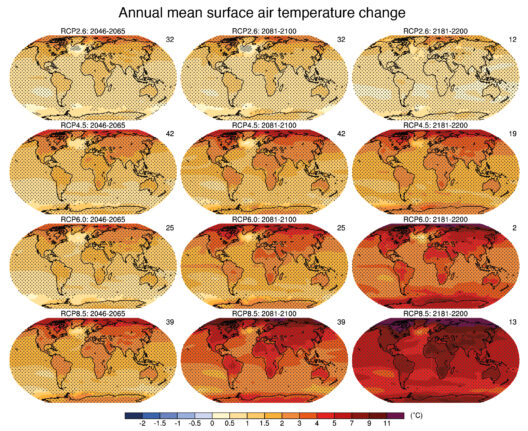Situated in the heart of the United States, Texas boasts an astonishing tapestry of climates that stretch from parched arid plains to the lush, humid coasts. The state’s diverse geography imbues its climate with a certain complexity, making it a captivating subject of study. The climatic zones of Texas can be thought of as a layered cake: each distinct layer has its own flavor and characteristics, contributing to the overall experience of the state.
The western regions of Texas, often heralded as the gateway to the arid landscapes of the American Southwest, are predominantly characterized by an arid climate. Here, the terrain is dotted with sprawling plains, rugged mesas, and the occasional oasis of vegetation. The absence of moisture creates a stark environment, juxtaposed against the occasional burst of mariachi color from wildflowers that thrive during the brief spring. This dry landscape can evoke a sense of vastness, as if one is staring into a boundless ocean of golden grasses that sway in harmony with the whims of the wind.
As one travels eastward across Texas, a noticeable transformation occurs. The arid plains give way to semi-arid zones, where the rainfall becomes slightly more generous, allowing for pockets of verdant life that break the monotony of the dry environment. This gradual transition underscores a crucial aspect of Texas climate: its inherent variability. The semi-arid regions are often characterized by their scrubby brush and resilient vegetation, offering a glimpse into the tenacity of life in an unforgiving climate. The dichotomy between the west and east is like watching a painter skillfully blend colors on a canvas, each stroke representing the infinite subtlety of nature’s design.
The heart of Texas shines as one approaches Central Texas, a region that serves as a climatic nexus. Here, the climate exhibits characteristics of both the humid subtropical and semi-arid climates, leading to a unique patchwork of environments. Central Texas enjoys a more favorable climate profile, with a moderate climate that welcomes both warm summers and comparatively cooler winters. The melting pot of climates fosters diversity, attracting a rich assortment of wildlife and plant species that thrive in the crossfire of weather systems. This region could be likened to a maestro orchestrating a magnificent symphony where the familiar notes of nature harmonize with the ebb and flow of seasonal changes.
However, the true transition into humidity begins as one heads toward the southeastern part of the state. Here, the climate boldly asserts itself as humid subtropical, ushering in balmy summers that are punctuated by heavy rainfall. The abundance of moisture transforms this landscape into a verdant paradise, littered with dense forests and flourishing ecosystems. This humid region is akin to an artist dousing their canvas in vibrant hues, each color symbolizing the lush flora that flourishes thanks to the copious rainfalls. The symbiotic relationship between the climate and the vegetation here paints a picturesque scene that captivates the senses, where wildflowers bloom exuberantly, and towering trees stretch skyward in an elaborate display of nature’s grandeur.
Texas climate is not merely a static entity; it is constantly in flux, influenced by the intricate interplay of geographical features such as mountains, plains, and bodies of water. The proximity of the Gulf of Mexico introduces a dynamic influence on weather patterns manifested through tropical storms and hurricanes. These formidable forces, often carrying ominous winds and torrential rains, can dramatically alter the landscape and are a reminder of nature’s raw power. They evoke the image of an unpredictable artist, who at times can unleash chaos only to create something entirely new in the aftermath.
The cycles of drought and deluge exemplify the inherent unpredictability of Texas climate. Droughts can linger like uninvited guests, presenting challenges for the state’s agriculture and water resources. Yet, they also serve as a crucible for resilience, prompting innovative water conservation methods and a stronger communal spirit among Texans. Conversely, the deluge can revitalize the soil, fostering new life and encouraging a flourishing agricultural sector on the humid plains. This duality is mirrored in the lives of the people who call Texas home; they adapt and thrive in spite of the climatic hurdles, much like the majestic cacti that stand steadfast in the face of prolonged drought.
Additionally, the climate of Texas has profound implications for the state’s biodiversity. The vast range of ecological niches allows for a plethora of organisms, each uniquely adapted to their chosen environment. From the arid grasslands of the West, which shelter bison and roadrunners, to the humid forests of the East with their vibrant populations of deer and myriad birds, Texas stands as a bastion of ecological splendor. The wildlife thrives against the backdrop of a capricious climate, and their presence enhances the intrinsic beauty of the Texas landscape.
In conclusion, the climate of Texas—from arid plains to humid coasts—presents an intricate tapestry interwoven with beauty, challenge, and resilience. Each climate zone tells its own story through the landscapes it shapes and the lives it touches. The contrast between the dry expanses of the west and the lush greenery of the east serves as a poignant reminder of nature’s paradox, highlighting both fragility and strength. Understanding this climate mosaic not only deepens appreciation for Texas but also underscores the importance of protecting such extraordinary environments amidst the growing challenges of climate change.








